Features
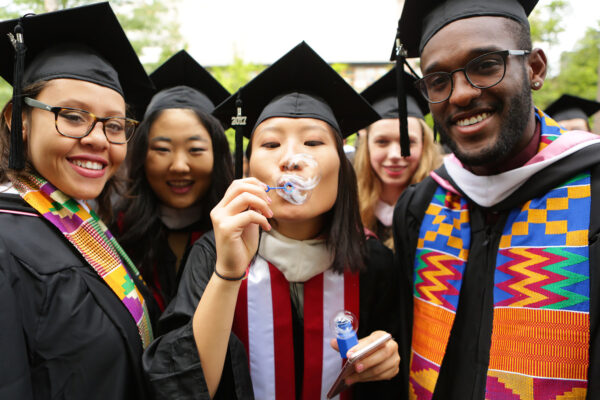
A Winning Recipe for Successful Internationalization Worldwide
Going forward, the United States needs a broad, coordinated set of well-funded initiatives that support the comprehensive internationalization of U.S. higher education, writes ACE’s Lucia Brajkovic.
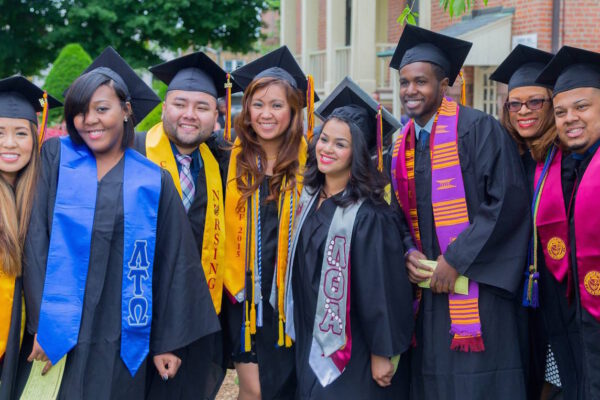
How Predominantly Black Institutions Help Low-Income, First-Generation African American Students Succeed
Predominantly Black Institutions (PBIs) are not well understood in the higher education lexicon, despite serving a large number of students of color: namely, a large number of black or African American students. Robert T. Palmer and Jared Avery of Howard University look at the role of PBIs in facilitating access and success for low-income, first-generation students of color.

Historically Black Colleges and Universities: Fostering Familial Learning Environments for Student Success
By embracing expansive ideas of success, HBCU leaders inspire their students to strive beyond degree completion and understand how collaboration, civic engagement, and entrepreneurship are essential attributes in a new knowledge economy and global citizenry.
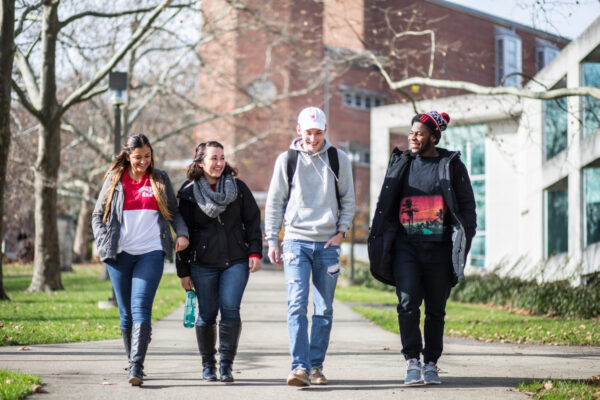
Helping College Students Make Informed Student Loan Decisions
Recent surveys demonstrate that many college students do not know whether they have borrowed or how much debt they have accrued during college. What can higher education institutions—and the federal government—do to help?

Providing Transparency to the Title IX Process
ACE Senior Vice President Terry Hartle writes that the Department of Education’s effort to replace legally binding but unclear guidance with legally binding and clear regulations will hopefully result in greater protections for all students.
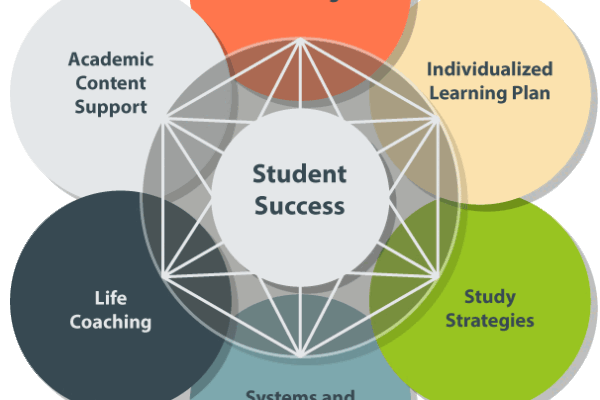
Second-Wave Competency-Based Education: A Focus on Quality
The second CBE wave—more grounded and focused on quality than the first—is underway, and resources to support development of high-quality programs include the University of Wisconsin Flexible Option case study.

A Closer Look at Hispanic-Serving Institutions
With the increase in Latinx students enrolling in postsecondary education and the subsequent increase in the number of HSIs, these institutions should remain at the top of all policy priority agendas, write Gina Garcia and Morgan Taylor.
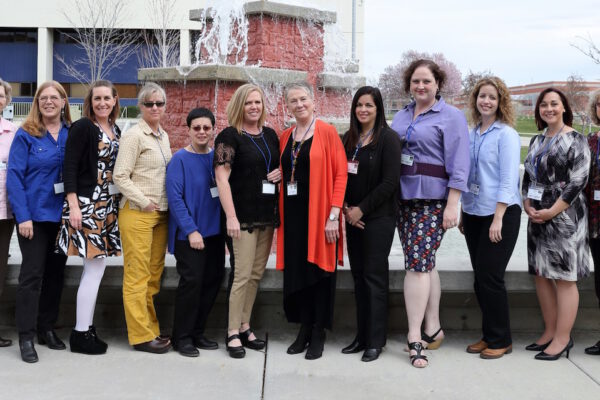
Building Momentum: Lessons Learned and Success Strategies of the Utah State Women’s Network
As in much of the country, Utah is a place where pay equity and leadership opportunities for women have been exceptionally poor. However, the Utah Women in Higher Education Network has helped begin to turn this around on college and university campuses across the state. Jessica Egbert describes UWHEN’s approach.

Internationalization in a New Political Climate: Culture Shock and Adaptation
Although 2017 has been a year of frustrations and challenges for campuses in terms of internationalization, ACE’s Robin Matross Helms reports that many in the field are now feeling a greater sense of stability and confidence about moving forward.

Diversity Among Higher Education Admission Professionals Is More Important Than Ever
As the high school population in the United States grows increasingly diverse, so too should those professionals who work on college campuses. Diversity is especially critical in college and university admission offices, write David Hawkins and Tara Nicola of the National Association for College Admission Counseling.
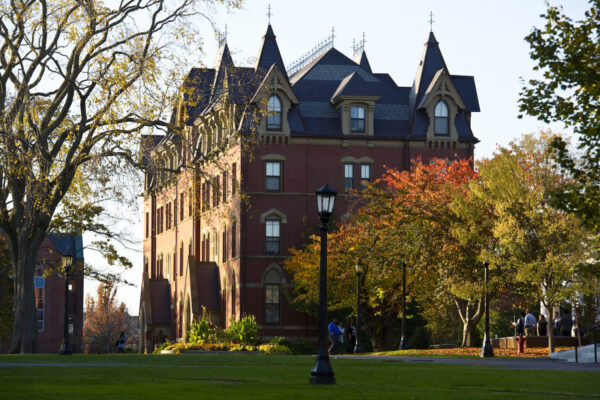
Looking Ahead to Diversifying the College Presidency
Despite the passage of the Civil Rights Act of 1964 that set a clearer path for women and minorities pursuing top leadership positions in both the public and private sectors, they remain underrepresented—including in higher education. A new data tool linked to ACE’s American College President Study 2017 helps explain what it will take for the presidency to reach gender and racial parity.
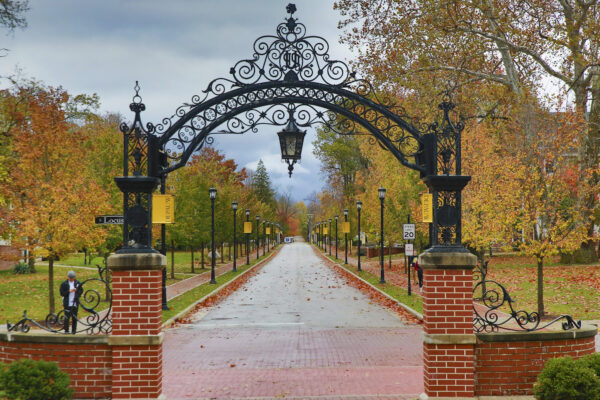
The Sky Is Falling . . . or Is It? New Data and Reflections on International Student Enrollment
Despite highly publicized concerns that interest in the United States among international students is in decline, actual international student numbers may in fact be holding fairly steady. Lucia Brajkovic and Robin Helms of ACE’s Center for International and Global Engagement look at what the future might hold.